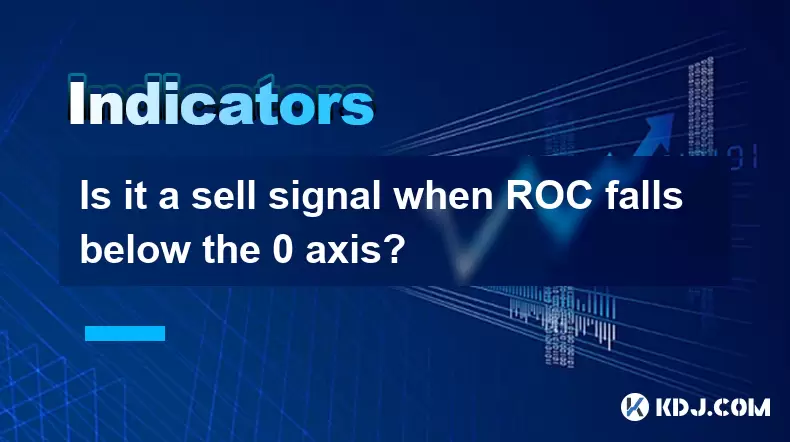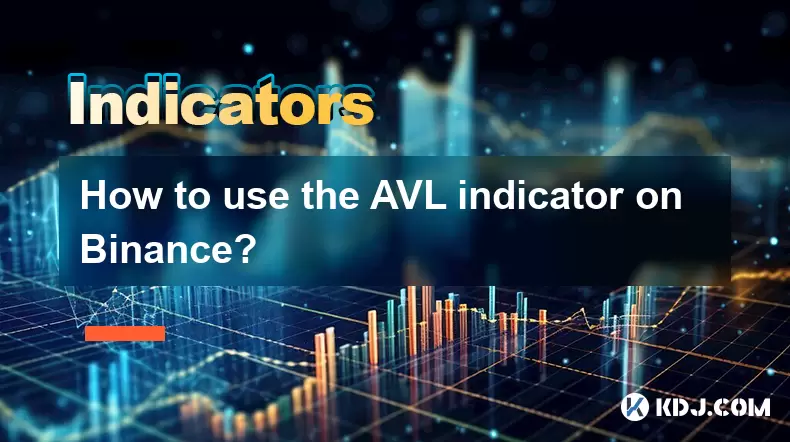-
 Bitcoin
Bitcoin $117700
-0.03% -
 Ethereum
Ethereum $3805
0.49% -
 XRP
XRP $3.098
-1.00% -
 Tether USDt
Tether USDt $1.000
0.03% -
 BNB
BNB $792.8
-1.72% -
 Solana
Solana $177.9
-1.95% -
 USDC
USDC $1.000
0.02% -
 Dogecoin
Dogecoin $0.2202
-1.55% -
 TRON
TRON $0.3278
-2.92% -
 Cardano
Cardano $0.7641
-2.43% -
 Hyperliquid
Hyperliquid $42.21
-2.68% -
 Sui
Sui $3.758
-1.58% -
 Stellar
Stellar $0.4080
-3.21% -
 Chainlink
Chainlink $17.75
-0.33% -
 Bitcoin Cash
Bitcoin Cash $591.8
4.96% -
 Hedera
Hedera $0.2561
-3.09% -
 Avalanche
Avalanche $23.34
-4.24% -
 Litecoin
Litecoin $110.7
1.96% -
 UNUS SED LEO
UNUS SED LEO $8.956
-0.01% -
 Toncoin
Toncoin $3.410
0.79% -
 Ethena USDe
Ethena USDe $1.001
0.03% -
 Shiba Inu
Shiba Inu $0.00001288
-1.82% -
 Uniswap
Uniswap $10.07
-2.06% -
 Polkadot
Polkadot $3.807
-2.27% -
 Monero
Monero $308.2
-2.15% -
 Dai
Dai $1.000
0.03% -
 Bitget Token
Bitget Token $4.521
-0.30% -
 Pepe
Pepe $0.00001134
-1.52% -
 Cronos
Cronos $0.1457
0.65% -
 Aave
Aave $274.9
-2.47%
Is it a sell signal when ROC falls below the 0 axis?
When the Rate of Change (ROC) indicator crosses below zero in crypto trading, it signals weakening momentum and a potential bearish shift, but traders should confirm with other tools like RSI, moving averages, or volume before acting.
Jun 20, 2025 at 08:14 pm

Understanding the Rate of Change (ROC) Indicator in Cryptocurrency Trading
The Rate of Change (ROC) indicator is a momentum oscillator used extensively in technical analysis, especially within the cryptocurrency market. It measures the percentage change in price between the current closing price and the closing price from a specified number of periods ago. The ROC helps traders identify potential trend reversals, overbought or oversold conditions, and momentum shifts.
In the context of cryptocurrencies like Bitcoin, Ethereum, or altcoins, where volatility is high and trends can reverse quickly, understanding how to interpret the ROC line crossing below the 0 axis becomes crucial for decision-making.
What Does it Mean When ROC Crosses Below Zero?
When the ROC crosses below the 0 axis, it indicates that the current price is now lower than it was "n" periods ago — typically 12 or 14 periods are used by default on most trading platforms. This downward movement suggests a weakening in price momentum and could signal a bearish shift in sentiment.
For instance, if the ROC moves from +5% to -3%, it means that the asset has lost upward momentum and may be entering a downtrend. In fast-moving crypto markets, such signals often precede actual price drops, making them potentially valuable for short-term traders and swing traders alike.
However, it's essential not to treat this as an automatic sell signal without further confirmation from other indicators or chart patterns.
How to Use ROC Alongside Other Technical Tools
Relying solely on ROC crossing below zero can lead to premature exits or missed opportunities. Therefore, integrating the ROC with complementary tools enhances its reliability. Consider using:
- Moving Averages: Check whether the price is above or below key moving averages like the 50-day or 200-day SMA.
- RSI (Relative Strength Index): Confirm if the asset is indeed showing signs of weakness or if the move is part of a normal pullback.
- Volume Analysis: A significant increase in volume during the ROC crossover might indicate strong selling pressure.
- Support and Resistance Levels: Assess whether the price is approaching critical support zones that might offer bounce potential.
By combining these elements, traders can better assess whether the ROC drop below zero is a genuine reversal or just a temporary correction.
Common Scenarios Where ROC Crossover Isn't a Sell Signal
Not every time the ROC dips below zero should prompt a sell action. Here are some situations where this signal may not warrant exiting a position:
- During Consolidation Phases: If the price is range-bound, the ROC may oscillate around zero without indicating a clear trend. Selling based solely on this could result in missing a breakout.
- False Breaks Due to Volatility: Cryptocurrencies are known for sudden spikes and dips. A brief dip below zero followed by a quick recovery doesn’t always mean a trend change.
- Early Stages of Accumulation: Smart money might push prices slightly down to shake off weak holders before resuming an uptrend. In such cases, the ROC dipping below zero could be misleading.
- Timeframe Mismatch: A trader looking at a 1-hour chart might see the ROC below zero, while the daily chart still shows a strong bullish trend. Always align your trading decisions with the higher timeframe.
These scenarios illustrate why mechanical trading based only on ROC crossing zero can be risky in volatile assets like crypto.
Practical Steps to Evaluate a Potential Sell Signal
If you're considering the ROC falling below zero as a possible sell trigger, follow these detailed steps to ensure you're not acting impulsively:
- Identify the Timeframe: Determine which timeframe you're analyzing — intraday, daily, or weekly. Shorter timeframes tend to produce more false signals.
- Check Price Position Relative to Key Levels: Is the price near major resistance or support? If it's near a strong support level, a bounce might be likely.
- Look at Volume Patterns: Was there a surge in volume when ROC dropped below zero? High volume usually confirms the strength of the move.
- Cross-reference with RSI or MACD: These indicators can help confirm if the momentum is truly deteriorating or just temporarily pausing.
- Assess Overall Market Conditions: Are broader market conditions bullish or bearish for crypto? Sometimes individual coins move against the general trend due to unique news or events.
- Set Stop Loss and Take Profit Levels: If you decide to act on the signal, define your risk-reward ratio clearly to manage exposure effectively.
Following these steps ensures that you're making informed decisions rather than reacting emotionally to a single indicator reading.
Frequently Asked Questions (FAQ)
Q1: Can I use ROC alone to make trading decisions in crypto?
While the ROC provides useful insights into momentum changes, it’s best used in conjunction with other tools such as moving averages, RSI, and volume indicators. Using multiple confirmations improves accuracy and reduces the likelihood of false signals.
Q2: What period setting should I use for ROC in crypto trading?
Most platforms default to 12 or 14 periods, but this can vary depending on your strategy. Short-term traders may prefer lower settings like 9 or 10 for faster responses, while longer-term traders might opt for 20 or more to filter out noise.
Q3: How does ROC compare to RSI in identifying sell signals?
ROC focuses on the rate of price change over time, while RSI measures overbought or oversold levels. Both can indicate weakening momentum, but RSI offers clearer thresholds for extreme conditions, whereas ROC needs contextual interpretation.
Q4: Should I always sell immediately when ROC goes below zero?
No. Immediate selling isn't always necessary. Wait for additional confirmation like a breakdown of key support levels, increasing bearish volume, or divergences on other indicators before taking action.
Disclaimer:info@kdj.com
The information provided is not trading advice. kdj.com does not assume any responsibility for any investments made based on the information provided in this article. Cryptocurrencies are highly volatile and it is highly recommended that you invest with caution after thorough research!
If you believe that the content used on this website infringes your copyright, please contact us immediately (info@kdj.com) and we will delete it promptly.
- Cold Wallet vs. MetaMask: A Crypto Wallet Revolution?
- 2025-07-31 10:30:57
- Bitcoin Casinos in 2025: Instant Payouts and Welcome Bonuses
- 2025-07-31 10:50:33
- Meme Coins in 2025: Token Burns and the Quest for Moonshots
- 2025-07-31 10:50:33
- Unlocking Value: A Deep Dive into Random Year 1 oz Krugerrand Gold Coins
- 2025-07-31 10:57:21
- LYNO Token Presale: AI Arbitrage Revolution in DeFi
- 2025-07-31 05:11:11
- Pepecoin Successors: Can These Cryptocurrencies Make You a Millionaire?
- 2025-07-31 05:50:12
Related knowledge

How to use the AVL indicator to confirm a trend?
Jul 31,2025 at 10:25am
Understanding the AVL Indicator and Its ComponentsThe AVL indicator, also known as the Accumulation Volume Line, is a technical analysis tool that com...

How does volume affect the AVL indicator?
Jul 31,2025 at 11:23am
Understanding the AVL Indicator and Its Core ComponentsThe AVL indicator, short for Accumulation Volume Line, is a technical analysis tool used primar...

How to use the AVL indicator with MACD for better signals?
Jul 31,2025 at 09:22am
Understanding the AVL Indicator and Its Role in Cryptocurrency TradingThe AVL indicator, also known as the Accumulation Volume Line, is a volume-based...

How to identify sell signals with the AVL indicator?
Jul 31,2025 at 07:09am
Understanding the AVL Indicator and Its Core ComponentsThe AVL indicator, also known as the Accumulation Volume Line, is a volume-based technical anal...

How to use the AVL indicator on Binance?
Jul 31,2025 at 12:22pm
Understanding the AVL Indicator and Its Relevance on BinanceThe AVL indicator, also known as the Accumulation Volume Line, is a technical analysis too...

What are the best settings for the AVL indicator?
Jul 31,2025 at 10:04am
Understanding the AVL Indicator and Its PurposeThe AVL indicator, also known as the Accumulation Volume Line, is a technical analysis tool used in the...

How to use the AVL indicator to confirm a trend?
Jul 31,2025 at 10:25am
Understanding the AVL Indicator and Its ComponentsThe AVL indicator, also known as the Accumulation Volume Line, is a technical analysis tool that com...

How does volume affect the AVL indicator?
Jul 31,2025 at 11:23am
Understanding the AVL Indicator and Its Core ComponentsThe AVL indicator, short for Accumulation Volume Line, is a technical analysis tool used primar...

How to use the AVL indicator with MACD for better signals?
Jul 31,2025 at 09:22am
Understanding the AVL Indicator and Its Role in Cryptocurrency TradingThe AVL indicator, also known as the Accumulation Volume Line, is a volume-based...

How to identify sell signals with the AVL indicator?
Jul 31,2025 at 07:09am
Understanding the AVL Indicator and Its Core ComponentsThe AVL indicator, also known as the Accumulation Volume Line, is a volume-based technical anal...

How to use the AVL indicator on Binance?
Jul 31,2025 at 12:22pm
Understanding the AVL Indicator and Its Relevance on BinanceThe AVL indicator, also known as the Accumulation Volume Line, is a technical analysis too...

What are the best settings for the AVL indicator?
Jul 31,2025 at 10:04am
Understanding the AVL Indicator and Its PurposeThe AVL indicator, also known as the Accumulation Volume Line, is a technical analysis tool used in the...
See all articles

























































































